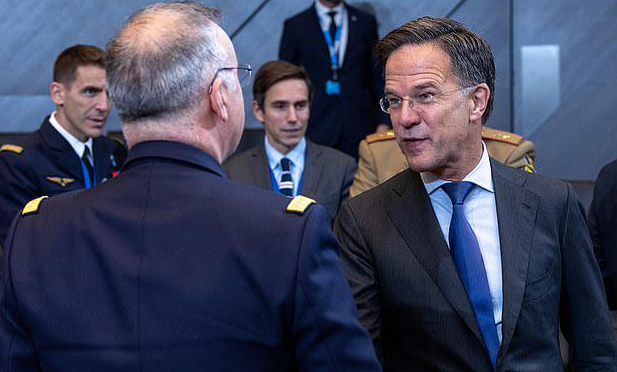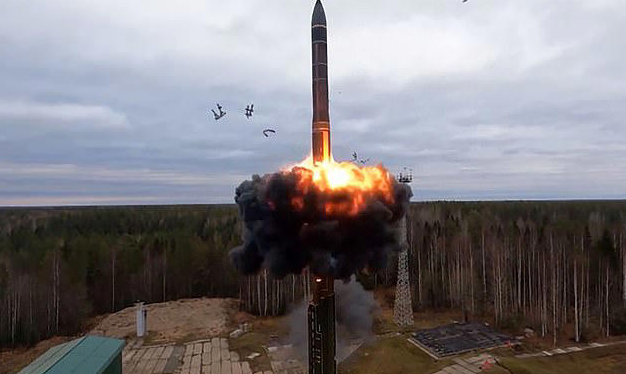NATO Calls for Major Boost in Defence Capabilities
NATO Secretary General Mark Rutte is set to urge a significant enhancement in the alliance’s defence capacities, including a dramatic 400% increase in air and missile defence systems to strengthen protection against Russian threats. Speaking at the Chatham House think-tank in London, Rutte highlighted how the conflict in Ukraine has shown Russia’s capacity for aerial attacks, emphasizing the urgent need to reinforce NATO’s aerial defence shield.
The Need for a “Quantum Leap” in Collective Defence
Rutte stressed that maintaining credible deterrence requires more than incremental steps, insisting on what he calls a “quantum leap” in NATO’s overall defence capabilities. He warned against complacency, stating that hope alone is not a strategy and underscored the necessity for NATO to become a more robust, equitable, and lethal alliance to effectively counter evolving dangers.
UK-NATO Defence Talks Ahead of NATO Summit
Ahead of his speech, Rutte is scheduled to meet with UK Prime Minister Keir Starmer for their second Downing Street discussions since Starmer’s rise to power in July 2024. In response to Russia’s full-scale invasion of Ukraine in 2022, the UK has been reevaluating its defence budget, with Starmer committing to raise military spending to 2.5% of GDP by 2027, and further to 3% by 2034.
Proposed Spending Targets and NATO’s Current Standing
Rutte has put forward a proposal for NATO members to aim for military expenditure at 3.5% of their economic output, along with an additional 1.5% allocated to defence-related infrastructure such as roads, airfields, and seaports. He expressed confidence that this target would gain consensus at the upcoming NATO summit in The Hague scheduled for late June. Presently, 22 of the 32 NATO member states meet or exceed the alliance’s existing target of 2% of GDP.
Pressure from the United States on Defence Spending
In parallel, former US President Donald Trump has been advocating for NATO members to significantly raise their defence budgets, suggesting an increase to 5% of GDP, up from the current 2% guideline. US Secretary of Defense Pete Hegseth noted recently that NATO allies are nearing an agreement on this new spending benchmark, which could be formalised during the forthcoming summit.
Strengthening Forces in Response to Ongoing Threats
Since Russia’s invasion of Ukraine, NATO countries have been working swiftly to enhance their military capabilities. Rutte warned that security threats will persist even after the conflict concludes, emphasizing the need for more troops, equipment, and ammunition to fully execute defence strategies. He highlighted the necessity for thousands of additional armoured vehicles, tanks, and millions of artillery shells.
UK’s Strategic Military Expansion
In response to perceived threats from Russia, the UK government recently unveiled plans to develop up to 12 nuclear-powered attack submarines and establish six new munitions factories. While Starmer has committed to increasing defence spending to 2.5% of GDP by 2027, specific timelines for further budget increases have yet to be determined.
#Trending News #Updated News



















